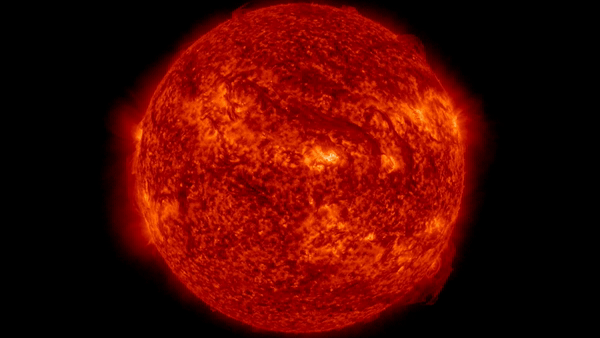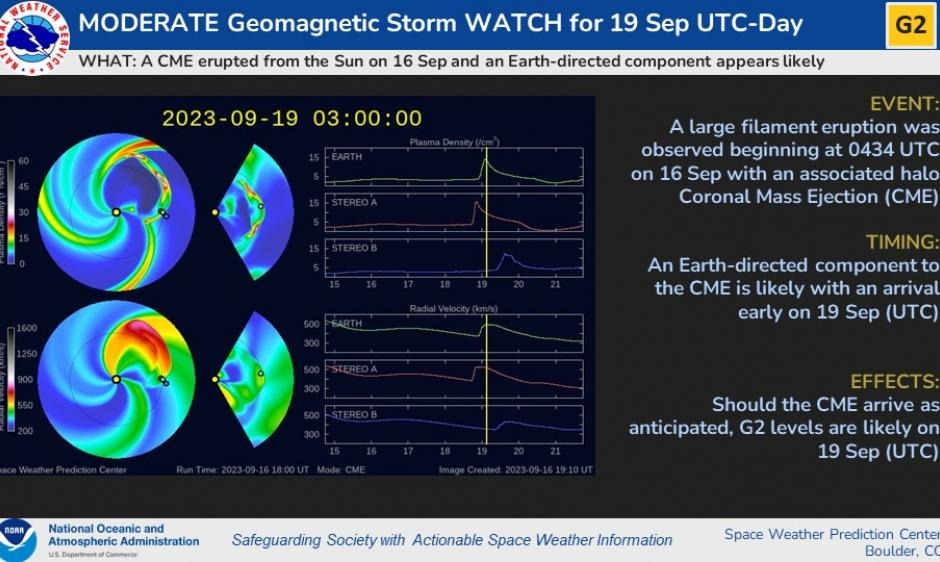On September 16, a coronal mass ejection was noticed on our Sun. This amazing phenomenon amazed scientists and observers, and also attracted the attention of national agencies responsible for monitoring such space events.

The US National Oceanic and Atmospheric Administration (NOAA) has announced the possibility of a G2-class moderate geomagnetic storm. They are monitoring the movement of the solar wind, which should hit the Earth on September 19. This opens up the possibility for an extraordinary phenomenon in the sky that may be interested in auroras.
If a coronal mass ejection reaches our planet, it can cause a geomagnetic storm similar to September 12. It led to auroras that were noticeably more southerly than usual. For example, eyewitnesses saw auroras in the American states of Colorado and Missouri.
THE BIGGEST ERUPTION I HAVE EVER SEEN! I have been observing the Sun professionally for over 50 years and this is the largest filament eruption I have seen. Note it covers over half the Sun, compare it to the size of the Earth (inset) but amazingly it did not produce a big flare. pic.twitter.com/RgplcTy0Ap
— Keith Strong (@drkstrong) September 17, 2023
One of the leading experts on solar phenomena, physicist Keith Strong, expressed his admiration for this incredible eruption on the social network Twitter. He comments: “THE BIGGEST ERUPTION I HAVE EVER SEEN! I have been observing the Sun professionally for over 50 years and this is the largest filament eruption I have seen.”
Consequences of geomagnetic storms
Geomagnetic storms are the result of a disturbance of the Earth’s magnetic field caused by solar material coming out of the Sun’s Corona. NOAA classifies geomagnetic storms on a scale from G1 to G5, from moderate to the most extreme. Such storms can affect auroral activity, power supply and radio communications.

The predicted G2 storm on September 19 may lead to spectacular bright auroras and temporary disconnection of HF radio communications on the sunlit side of the Earth. Degradation of low-frequency navigation signals is also possible within a few minutes.
We should expect more solar activity as the Sun approaches its peak in the 11-year cycle of solar activity, which is expected in 2025. However, like terrestrial weather, space weather is unpredictable and forecasts can change. Such events remind us of the vulnerability of our planet to the forces of space.
Earlier we reported on how a destructive solar storm could destroy the Internet and smartphones.
According to Space
Follow us on Twitter to get the most interesting space news in time
https://twitter.com/ust_magazine
